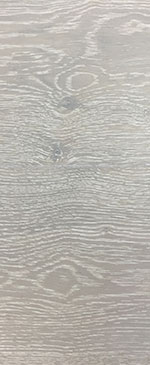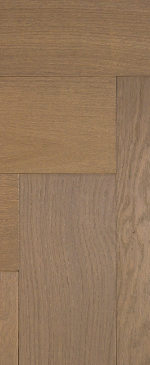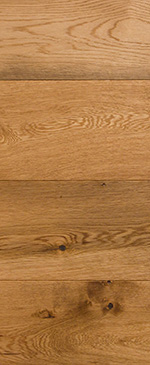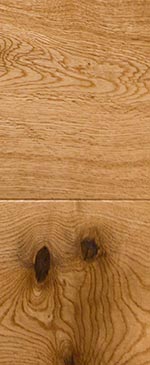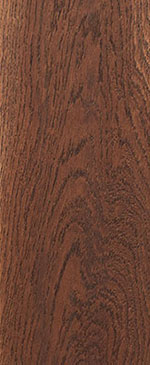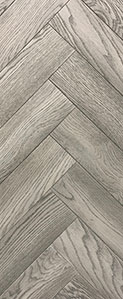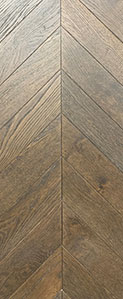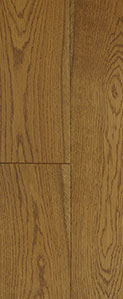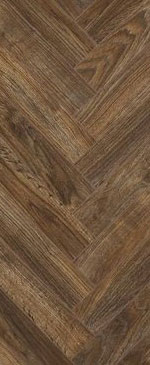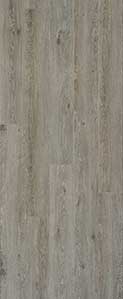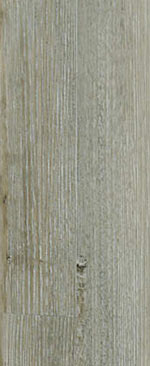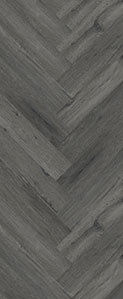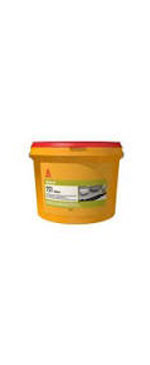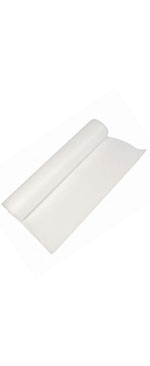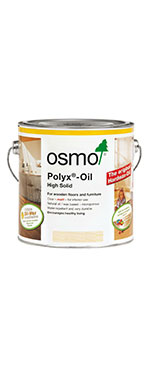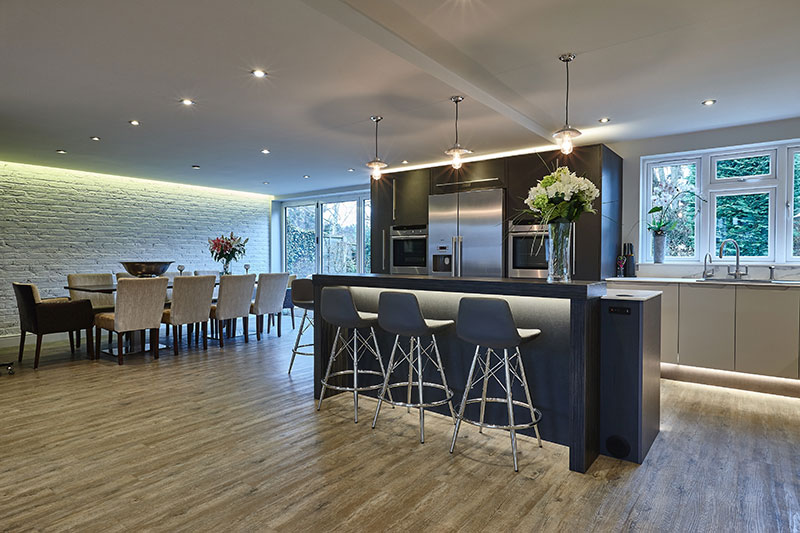Going green and helping the planet are increasingly seen as top priorities for every aspect of our lives, including interior design. Eco-friendly design is therefore one of the most important current trends in London and throughout the UK.
However, it is not so much a trend as a permanent change in outlook, driven by a growing awareness of how precious our natural resources are and why it is so vital to preserve them.
Here are six top tips to help ensure that interior designs, for both homes and commercial interiors, are sustainable and environmentally responsible.
- Improve Air Quality: The quality of the air we breathe is a particular concern in London, but also across the country. Air quality within our homes and workplaces can be improved by choosing natural paints and wall coverings which don’t release toxic fumes, and also by looking at the chemical content of other products. Plants and flowers, and living walls within offices, can all help to boost air quality, as well as having a good effect on mental health and productivity.
- Using natural light: Letting as much natural light in as possible into a home or workplace saves on artificial lighting and again improves the mood. This can be done not only by installing windows and skylights, but also by using glass doors and glazed partitions and installing mirrors to reflect light, as well as choosing paler paint colours. Light colours will also help to keep indoor space cooler in hot weather.
- Energy efficiency: This is not an add-on, but something to bear in mind at every stage of an interior design. For instance, it means ensuring that buildings are properly insulated, and that thick curtains are fitted which will keep in heat during winter. LED bulbs are also much better for the environment than traditional lighting, while using smart technology and intelligent thermostats is another way to keep an eye on energy consumption. Another energy-saving gadget which is becoming increasingly popular is a hot water tap rather than a boiling kettle.
- Recycling and upcycling: Using reclaimed and recycled materials is very fashionable, and is a great way to make a home or workplace more eco-friendly. Increasingly, items are being upcycled rather than thrown out, as householders and interior designers take inspiration from TV shows and events such as the London Upcycling Show, which was last year attended by TV personalities Tommy Walsh and Georgina Burnett.
- Minimalism and avoiding clutter: Clean, minimalist design is seen as eco-friendly because it avoids waste of resources and over-consumption. Choosing a few high-quality items which will last is better for the environment than a cluttered design. This type of design also looks great and is very on-trend, with Scandinavian-style interiors, which use wood and a lot of white and soft tones, being especially popular in London and across the UK.
- Natural flooring: Choosing natural wood flooring fits with a minimalist design ethos, since this type of flooring is much longer-lasting than other alternatives such as carpets, which may need to be replaced every few years. Engineered wood flooring is especially sustainable because it uses less hardwood than solid wood flooring.
Xylo Flooring offers a wide range of quality engineered oak flooring, which comes in a range of grades and colour options, and is highly durable. We supply floors to retailers, contractors and developers. To find out more, contact Xylo here.

